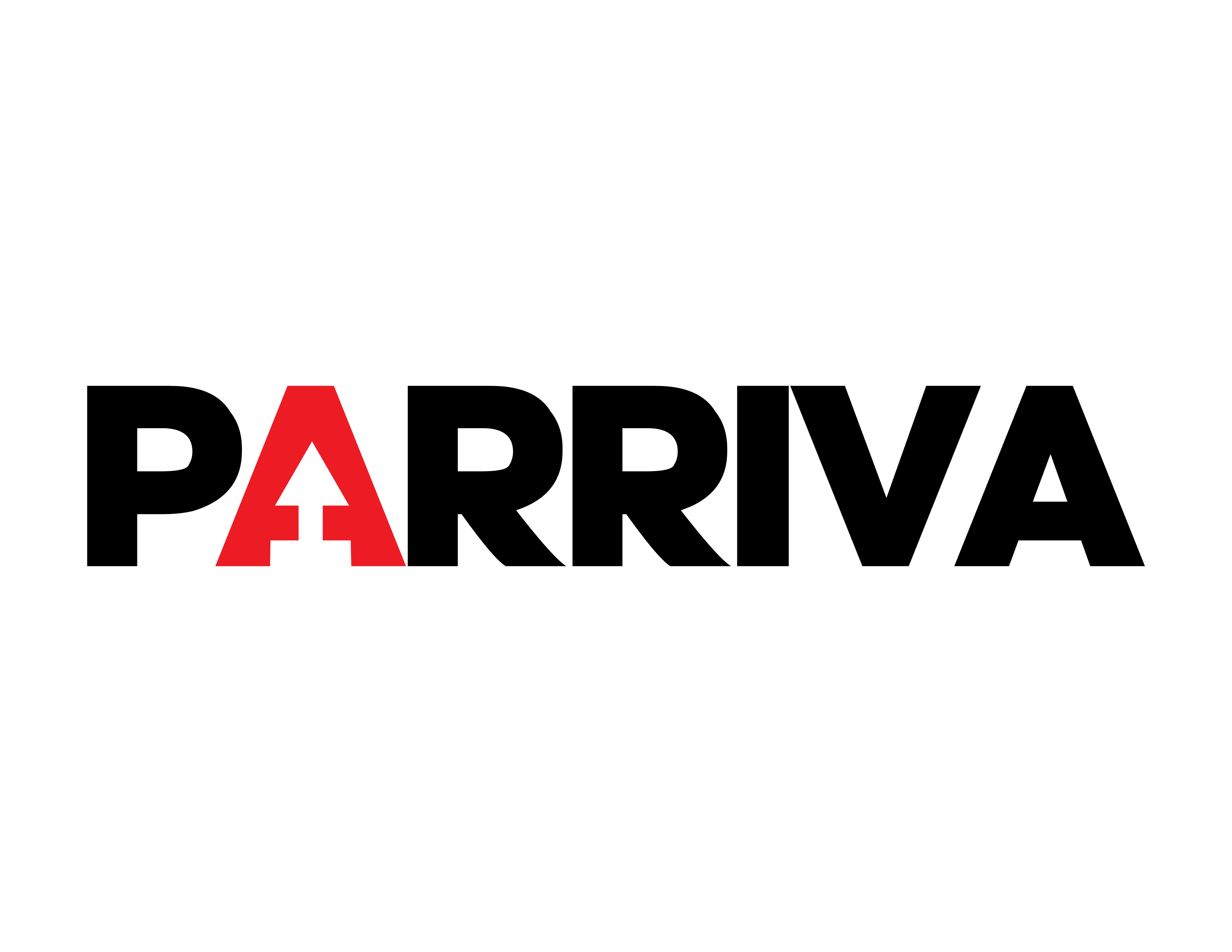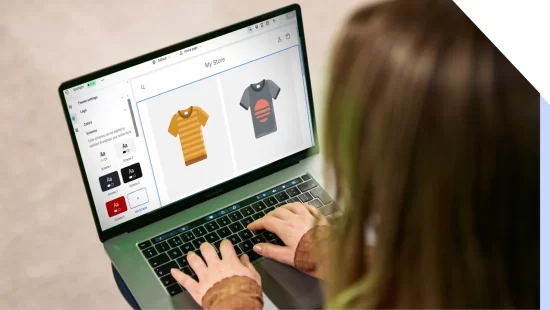In the early stages, every decision a startup makes directly impacts its ability to grow. On the path to scalability, financial digitalization can be a key accelerator. It’s not just about accepting online payments or keeping tidy books, but about designing financial experiences that build trust, optimize resources, and connect with new generations of consumers.
According to CB Insights, global fintech funding reached over $39 billion in 2024, with U.S. startups taking the largest share. This trend shows that digital-first financial solutions are no longer optional—they’re expected.
- From Ownership to Access: the “On-Demand” Mindset
Consumers today care less about owning and more about accessing. U.S. fintech platforms like Affirm and Klarna have popularized “buy now, pay later” models, allowing purchases to be split into transparent installments. This flexibility has become especially attractive to Gen Z and Millennials, who are cautious about traditional credit cards but still want financial freedom.
A PYMNTS survey (2024) found that 48% of Gen Z shoppers prefer flexible payment methods over traditional credit.
- Strengthening Brand Identity Through Financial Experiences
Every customer interaction is a chance to reinforce a brand’s value proposition. Companies like Chime have positioned themselves not just as banks, but as lifestyle brands—offering fee-free accounts, sleek mobile experiences, and messaging that resonates with younger users. Startups can learn from this approach to build emotional connections that extend beyond the transaction.
“Financial products are emotional products,” notes Harvard Business School professor Miklos Sarvary. “The design, communication style, and trustworthiness of the brand matter as much as the features themselves.”
- Payment Experiences That Drive Conversion
For an early-stage business, reducing friction at checkout can be the difference between conversion and abandonment. Platforms like Stripe and Square have simplified this process by offering multi-channel, localized payment options—credit cards, ACH transfers, mobile wallets, even cash acceptance through partners.
According to Baymard Institute, 70% of online shopping carts in the U.S. are abandoned, often due to complex or limited payment options.
- Building Communities That Inspire Trust
Trust is a startup’s most valuable currency. Fintech leaders like Cash App have thrived by fostering community—through peer-to-peer payments, user forums, and even cultural partnerships that resonate with younger, diverse audiences. Beyond transactions, startups that provide spaces for financial education, shared experiences, and peer support can build customer loyalty that competitors struggle to match.
“Communities create a multiplier effect—when customers feel heard and empowered, they become advocates,” says Angela Strange, General Partner at Andreessen Horowitz.
- Rewards That Drive Loyalty and Sustainable Growth
Acquiring new customers is costly; retaining them is where sustainable growth happens. Fintech apps like SoFi and Robinhood incentivize loyalty by rewarding responsible behavior, offering cash-back, or unlocking exclusive services as users deepen engagement.
Deloitte research shows that companies with effective loyalty programs grow revenue 2.5x faster than competitors without them.
The report “Decoding Financial Digitalization” underscores what’s becoming increasingly clear in the U.S. market: startups that understand the new dynamics of money—and transform them into user-centered, trust-building financial experiences—don’t just grow, they scale smarter and faster.
5 Steps for Startups to Scale with Financial Digitalization
- Offer flexible payment options
- Integrate buy-now-pay-later (BNPL) providers like Affirm or Klarna.
- Make sure to support credit cards, ACH, mobile wallets (Apple Pay, Google Pay), and cash options where relevant.
- Design for trust and identity
- Invest in user-friendly design, clear messaging, and transparent terms.
- Build your financial experience to feel like part of your customer’s lifestyle, not just a transaction.
- Streamline checkout
- Use payment providers (Stripe, Square, PayPal) that minimize steps and errors.
- Test your checkout flow on mobile—over 70% of e-commerce traffic in the U.S. now comes from smartphones (Statista, 2025).
- Foster community and education
- Create digital spaces (forums, webinars, social media groups) where customers can share financial tips and experiences.
- Provide educational content that empowers users—building credibility while reducing churn.
- Reward and retain
- Launch loyalty programs or gamified incentives (e.g., rewards for consistent payments or referrals).
- Use data to personalize offers that encourage repeat engagement and long-term growth.
Start small but scalable. Even simple digital finance tools—like expense tracking dashboards or basic loyalty perks—can be layered into your customer journey and upgraded as you grow.








